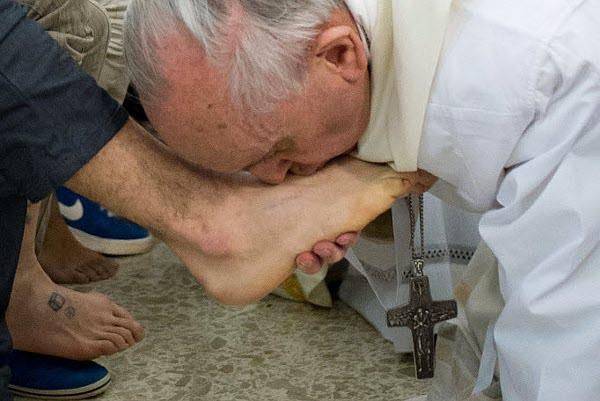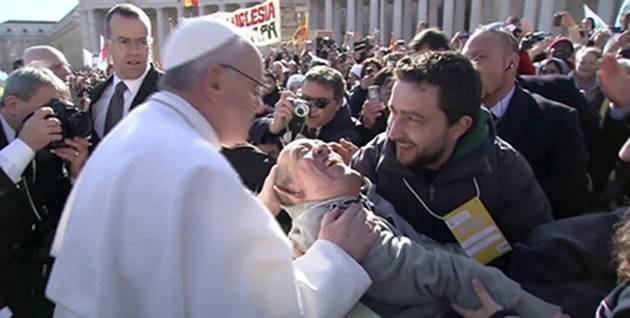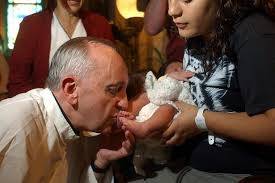Pope Francis: Revolution From Above?
Pope Francis is without a doubt the new man of our times. He knew how to take up a challenge of vital importance, that of value- related communication, by talking about the shared values of people today. That challenge has put the Catholic Church back at the center of the world’s stage.
For many, the Church is suddenly interesting again. A lot of people have seen the Pope’s new attitude as the start of a perhaps unhoped-for but clearly understood revolution. Yet while we’re celebrating the dawn of a new age, it’s important to remember that no Pope can singlehandedly change the Church.
With his simple, warm style and frank, direct speech, Francis has inaugurated a new outlook for the Church. That much is beyond dispute. But even a pope with his charisma cannot change it by himself. Pontiff Bergoglio has chartered the course of hope, instilling a feeling in many people—believers and non-believers—that they can expect the Church to be less bent on power and more open to engaging with a different world.
Francis has made this clear from the beginning, trying to steer the Roman Church away from the media siege surrounding internal scandals and corrupt ministers, a siege that, among other things, caused Pope Benedict XVI to step down. But Francis alone cannot succeed where the Second Vatican Council—the largest Catholic gathering in our time—failed, or succeeded only partially. That prophetic event reunited bishops from around the world to try to let a little air into the stuffy rooms of the Church, setting out a plan to radically overhaul the system and rebrand the Church as the People of God, rather than a preserve of power wielded by an aggressive and self-serving hierarchy.
By seeking to repair the Roman Curia and restructure the IOR, or Vatican Bank, to foster the idea of a more open church, Francis has clearly aligned himself with the Second Vatican Council. But if you think that a bit of restyling can guarantee the Catholic Church will recover from its internal dysfunction, you may be setting yourself up to be let down.
The change, if it comes, must come from the ground up, from the dioceses, parishes, and neighborhood churches all over the world. Because if it doesn’t work for the church down the street, it won’t work for the Church at large. Furthermore, the change must be embraced by Rome, which has so often barred local churches from making amendments to the faith. Francis’s revolution will begin the day Rome—the primary and certainly most holy seat of the Church—makes room for others.
---
Gennaro Matino teaches Theology and History of Christianity in Naples, where he runs the parish of SS. Trinità. He has written several books and essays, and collaborates extensively with both traditional and new media.





































i-Italy
Facebook
Google+
This work may not be reproduced, in whole or in part, without prior written permission.
Questo lavoro non può essere riprodotto, in tutto o in parte, senza permesso scritto.